Introduction
In the realm of culinary delights, steamed egg custard, often referred to as “steamed egg pudding” or simply “egg羹” in some dialects, stands as a timeless classic. Its soft, silky texture and mild, creamy flavor make it an irresistible dish for both young and old alike. While its simplicity might suggest ease of preparation, achieving the perfect balance of smoothness, firmness, and flavor can be a delicate endeavor. This comprehensive guide aims to demystify the process and empower you with the knowledge and skills necessary to create a restaurant-quality steamed egg custard at home.
Understanding the Ingredients
Before diving into the recipe, let’s delve into the key ingredients and their roles:
-
Eggs: The foundation of any egg custard, eggs provide structure, richness, and flavor. Large eggs are typically preferred for consistency in measurement.

-
Milk or Water: These liquids help to dilute the egg mixture, ensuring a tender texture. Milk adds a creamy richness, while water yields a lighter result. The ratio between eggs and liquid is crucial for achieving the desired consistency.
-
Salt and Seasoning: A pinch of salt enhances the flavor, while optional seasonings like a dash of soy sauce or a hint of white pepper can add depth.
-
Oil or Butter: A small amount added to the mixture prevents sticking and adds a subtle richness.
-
Condiments (Optional): For garnishing, items like chopped scallions, sesame seeds, or a drizzle of soy sauce can elevate the dish.
Equipment Matters
To ensure success, having the right tools is half the battle won:
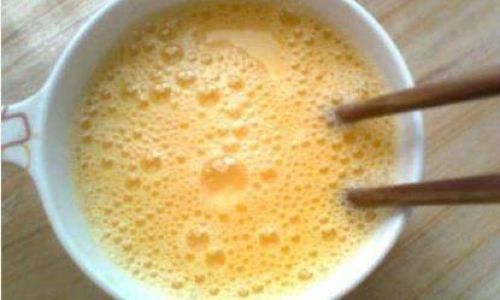
- Mixing Bowls: A medium-sized bowl for preparing the mixture and a larger one for steaming, ensuring there’s enough space for the water to circulate around the bowl.
- Steamer: A traditional bamboo steamer or a modern electric steamer works well. Alternatively, you can use a pot with a steaming rack and a tight-fitting lid.
- Strainer: A fine-mesh strainer helps remove any lumps and ensures a smooth custard.
- Heatproof Spatula or Spoon: For gentle stirring and transferring the custard.
- Measuring Cups and Spoons: Accuracy in measurements is key.
- Small Bowl or Ramekin: For portioning out the mixture if making individual servings.
Step-by-Step Recipe
Now, let’s walk through the process step-by-step:
Preparation
- Begin by gathering all your ingredients and equipment. Ensure they are at room temperature to avoid temperature shock when mixing.
- Crack the eggs into a mixing bowl and beat them lightly with a fork or whisk until just combined. Avoid over-mixing, which can incorporate too many air bubbles.
Mixing the Ingredients
- Gradually add the milk or water to the eggs, whisking gently to combine. The ratio is typically 2:1 (2 parts liquid to 1 part egg), but you can adjust slightly based on your preference for firmness.
- Add a pinch of salt and any optional seasonings. Continue whisking until fully incorporated.
- Pass the mixture through a fine-mesh strainer to remove any lumps or bubbles. This step is crucial for achieving a silky texture.
- Optionally, add a few drops of oil or a small knob of melted butter to the mixture and stir gently to combine.
Preparing for Steaming
- Fill the bottom of your steamer or pot with enough water to reach just below the level of the steaming rack. Bring the water to a gentle simmer.
- Pour the egg mixture into a heatproof bowl or ramekin. Cover the bowl loosely with a piece of parchment paper or aluminum foil to prevent condensation from dripping onto the custard, creating unsightly marks. Make small holes in the covering to allow steam to escape.
Steaming the Custard
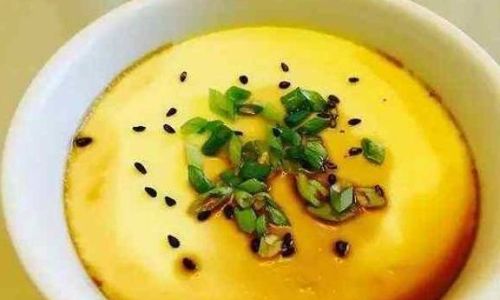
- Carefully place the bowl on the steaming rack. Cover the steamer or pot with its lid and steam over medium heat.
- The steaming time varies depending on the quantity and depth of the custard, but it generally ranges from 8 to 12 minutes. The key is to steam until the custard is set but still slightly jiggly in the center. Over-steaming will result in a tough, rubbery texture.
- To check for doneness, gently shake the bowl. The custard should be firm but slightly wobbly in the center. If it appears too liquidy, steam for an additional minute or two and check again.
Cooling and Serving
- Once done, remove the bowl from the steamer and let it cool slightly. This helps the custard firm up further.
- Avoid serving the custard immediately after steaming as it may continue to cook from residual heat. Allow it to cool to room temperature or refrigerate for an hour if you prefer a chilled texture.
- Garnish with chopped scallions, sesame seeds, or a drizzle of soy sauce before serving.
Troubleshooting Tips
- Lumpy Custard: Ensure you strain the mixture well to remove any lumps.
- Watery Texture: This can be due to over-steaming or too much liquid. Adjust the steaming time and liquid-to-egg ratio accordingly.
- Tough Texture: Under-steaming or using high heat can cause the custard to become tough. Steam gently and check for doneness frequently.
- Condensation Droplets: Always cover the bowl loosely to prevent condensation from dripping onto the custard.
Creative Variations
- Savory Versions: Add finely chopped shrimp, mushrooms, or spinach for a savory twist.
- Sweet Versions: Incorporate a touch of sugar, vanilla extract, or a drizzle of honey for a dessert-like custard.
- Herb Infusions: Infuse the milk or water with fresh herbs like thyme or dill for an aromatic twist.
Conclusion
Mastering the art of steamed egg custard is not just about following a recipe; it’s about understanding the science behind the dish and the nuances that elevate it from good to great. With patience, attention to detail, and a bit of practice, you can transform simple ingredients into a culinary masterpiece that delights the senses and nourishes the soul. Whether enjoyed as a comforting breakfast, a light lunch, or a decadent dessert, steamed egg custard holds a special place in the hearts and minds of food lovers worldwide. Happy steaming!

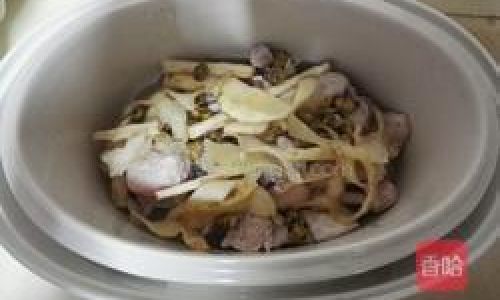
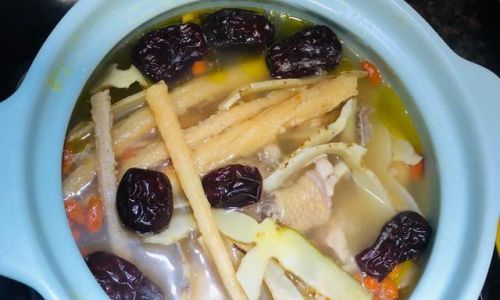
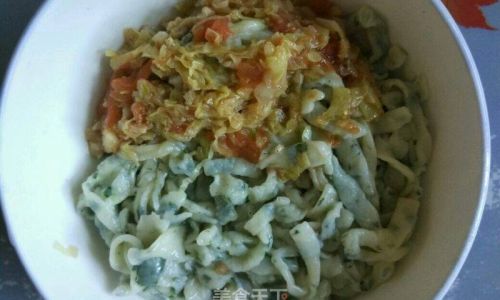

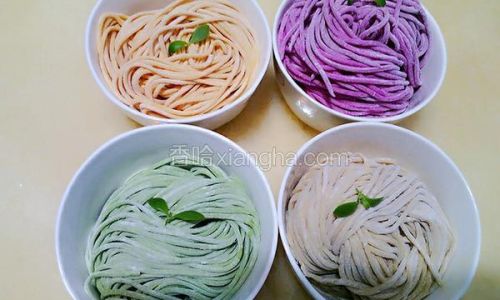
0 comments